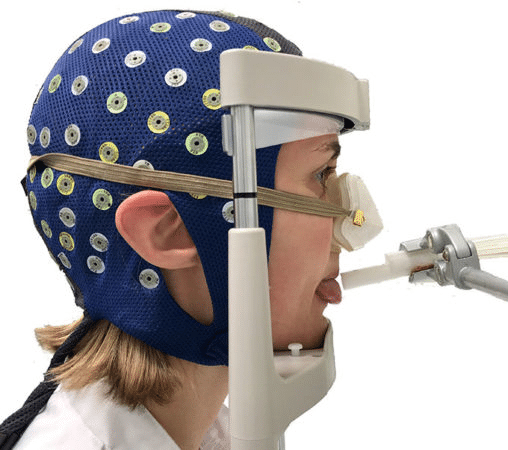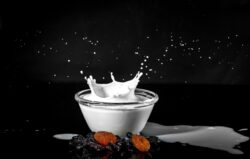Can our taste buds taste fat? What brain thinks about it
“Fat is challenging partly because the taste is the toughest sense to review,” says Maria Veldhuizen.
She studies the brain’s response to flavor and food at Mersin University in Turkey. She wasn’t a part of the study. “When food enters the mouth”, she says, “There are numerous things occurring, it’s hard to isolate the taste” alone. For example, we don’t experience most foods as an easy taste. Smells contribute to their flavor. So does the way they feel in your mouth.
For a few tastes, like salt, scientists can separate the taste alone, dropping salty water right into the mouth. But fat poses an additional challenge. “Not only is that this the foremost difficult sense, but it’s also the foremost difficult taste quality within the senses,” Veldhuizen says.
Example of butter:
Take butter, as an example. It’s got a lot of fat. But it doesn’t just have the taste of fat. It activates the salt and sweet receptors. it’s a definite smell, too. It also has texture; it feels smooth and silky. Taking all those other senses out of the image to search out out if people can taste fat alone is difficult.
Testing the taste:
Camilla Arndal Andersen was up to trying. As a neuroscientist, she studies the brain. She worked on the new study while at Aarhus University in Denmark. For the study, Andersen recruited 24 adults. Then she dripped tiny amounts of milk onto their tongues. The number of milk had only 0.1 percent fat. this is often what we call milk. the full milk she used had 4 percent fat.

Her thick cream contained almost 40 percent fat. Of course, these milk samples might feel different within the mouth. So Andersen asked everyone to stay out their tongues before she dripped the liquids.
Because the skim milk and milk were runnier than cream, she added a tasteless additive. It made the milk thick because of the cream. She also made sure the tasters weren’t rubbing the mixture around in their mouths to where they may feel a difference.
So she pumped the samples onto the tongue and allowed it to roll right off. A clip pinched shut the nose (no smelling allowed), and therefore the recruits were asked to not blink. They also couldn’t take a breath. It absolutely was an odd experiment to be a part of, Andersen says. and she or he should know. She did it herself. “It’s weird,” she admits, but “it doesn’t hurt.”
In fact, she recalls, “It’s touched boring because you’re there for quite a while.”
Feedback from the brain:
The reason her volunteers had to carry so still was that they were also wearing a cap to record electrical activity in their brains. Every brain signal uses a small current of electricity. Scientists can measure those signals using EEG. That’s short for electroencephalography.
During this case, Andersen could use the EEG cap to work out if there was a signaling difference when people tasted skimmed milk, milk, or cream. Sure enough, the EEGs picked up a sign when the participants tasted cream, one that was much smaller for milk, and missing for milk. The signal appeared around 100 milliseconds after the cream dripped onto their tongues. Andersen and her colleagues published their findings on March 14 within the journal Chemical Senses. “I’m really impressed with the work they did,” Veldhuizen says.
The new study shows that the brain knows when the tongue touches fat. But Andersen says she doesn’t want to mention she has total proof. “Fat may be a taste,” she says. But with using these data alone, “It’s not proof,” she says. “It’s just yet one more observation.”










